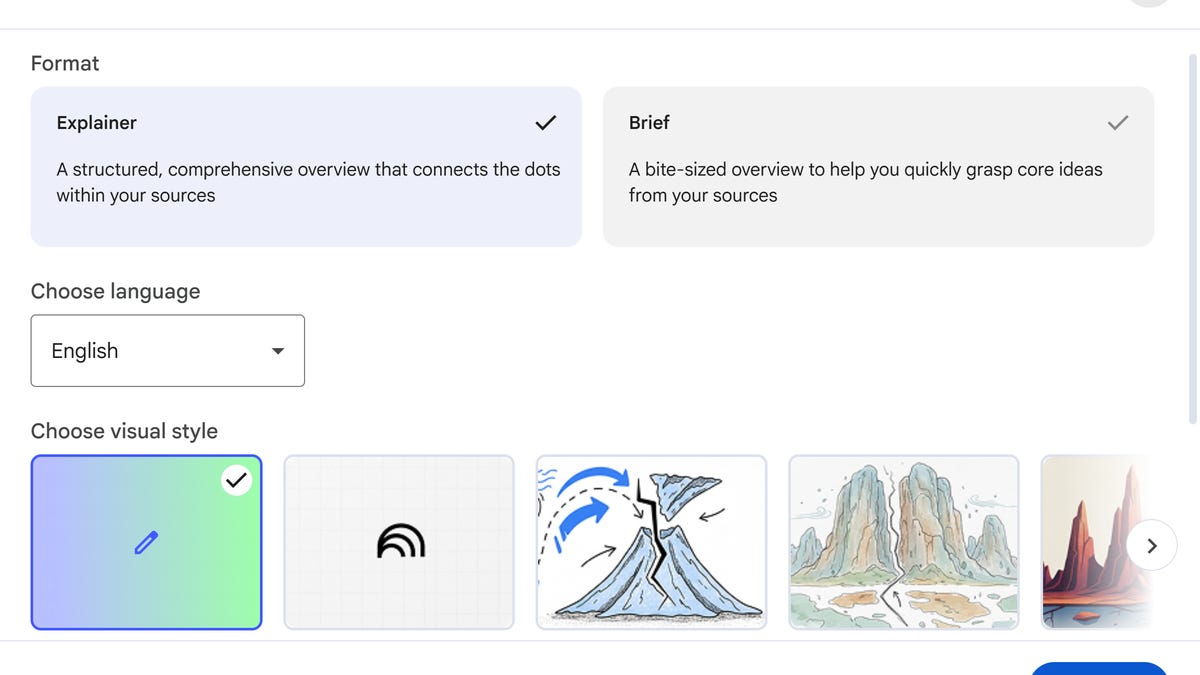It didn’t take long for Gemini’s Nano Banana image generation update to go viral, and now it’s being pushed into more Google products you probably already use every day.
Google announced on Monday that Nano Banana is headed to Search via Google…

It didn’t take long for Gemini’s Nano Banana image generation update to go viral, and now it’s being pushed into more Google products you probably already use every day.
Google announced on Monday that Nano Banana is headed to Search via Google…